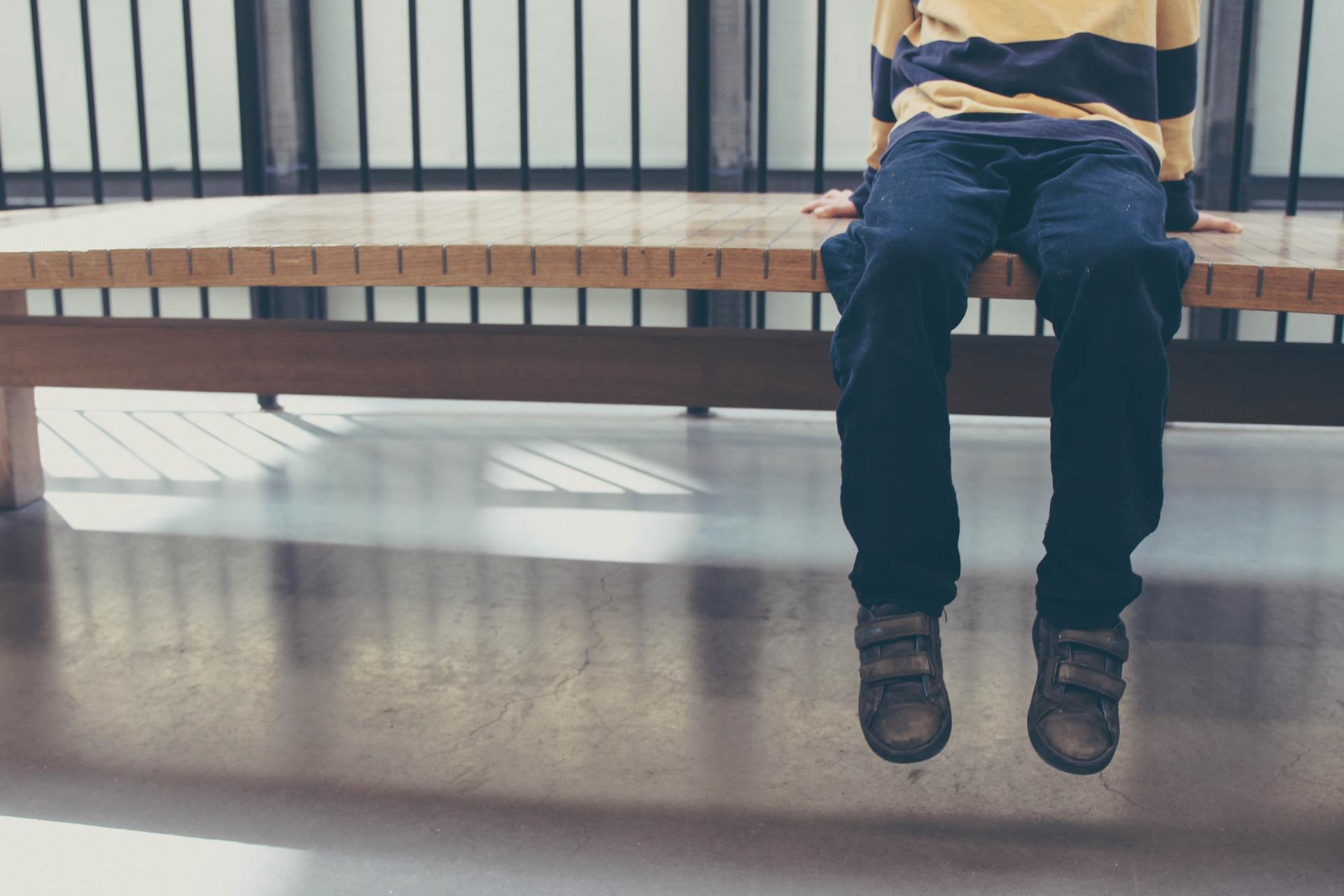Punishment vs Discipline: A Positive Discipline Guide
A Parents Guide to Understanding the Difference between Punishment and Positive Discipline
As parents, it is often challenging to draw the line between punishment and discipline. The main difference boils down to the message we are sending our child. Punishment tends to send the message that our child has failed and is incapable of acting correctly, and thus, they must suffer for it. On the other hand, discipline teaches a child that there are boundaries that need to be respected, and we believe in their ability to solve the problem, providing the necessary guidance to get there.
Understanding Punishment
Punishment works on the premise that if a child suffers enough, they will be discouraged from repeating undesired behaviors. It usually involves depriving the child of something they care about and is often unrelated to the offense. For instance, "you were rude to me, so now you can't watch TV for the rest of the week."
Although punishment might work in the short term, it has some significant drawbacks. It shifts the focus from the behavior to the parent, fails to teach children the correct behavior or any life skills, and does not address the unmet need or misguided goal of a child. Furthermore, it causes the child to think negatively of themselves and the parent, and makes them more prone to rebel or do things behind their parents' backs.
Understanding Positive Discipline
Positive discipline, on the other hand, is solution-focused and is based on connection and understanding. It always validates a child's feelings and looks for the need behind the behavior.
There are four main criteria for positive discipline, referred to as the 3 R's and an H: Related, Reasonable, Respectful, and Helpful. When using positive discipline over punishment, a child will learn the skills to do better in the future, truly understand why what they did was wrong, and feel loved and supported by their parent.
Practical Examples of Positive Discipline
Let's look at some practical examples to understand discipline and punishment better. In each example, pay attention to the tone, intention, and phrasing used when delivering these consequences. This will help you understand how they impact your relationship with your child.
Making a mess:
Punishment: "You got paint all over the table! You are going to sit here until this is all cleaned up."
Positive Discipline: "I see a lot of paint on the table. Let's make sure it's all cleaned up so we can go play outside."
Breaking a privilege:
Punishment: "You said you could take care of the dog, but you keep forgetting to feed him and walk him. I'm doing it from now on, you clearly aren't ready for the responsibility"
Positive Discipline: "Seems like you are having a hard time remembering to walk and feed the dog. What can we do to help you remember? If he doesn't get fed I'll have to step in for awhile until you can make a plan to remember."
Whining:
Punishment: "That's enough! I'm not going to listen to you until you stop whining!"
Positive Discipline: "I can't hear you when you use that tone. I am ready to listen as soon as you can tell me in a calmer voice."
Not taking care of something:
Punishment: "You have left your bike out in the rain too many times. I'm locking it up in the garage since you can't be responsible for it."
Positive Discipline: "Let's make a plan to make sure your bike doesn't get left outside. Until we do I'll keep it in the garage so that it doesn't get ruined."
Inappropriate behavior due to impatience:
Punishment: "You can't shout and burst into the room when I'm on a call, now you will have to wait 5 more minutes so that you learn not to do it again."
Positive Discipline: "I know you have been waiting a long time. When you burst into the room it makes it take longer for me to finish, so now I am going to need an extra 5 minutes. Why don't you try writing down the things you want to tell me so you don't forget?
Final Notes on Positive Discipline Vs Punishment
In each example, the consequences stayed the same. What changed was simply the tone and intention with which they were delivered. The most challenging aspect of positive discipline is managing our own emotions. Remember to pause before you react. Try to ask yourself, "what can I teach in this moment?" and "what is my child's need or misguided goal in this moment?"
Always remember the 3Rs and an H. Positive discipline is not about being permissive, quite the opposite. Children thrive when they have firm and consistent boundaries, but we enforce them with kindness and respect for our children's emotions. So, go easy on yourself. No parent is perfect, and all parents lose their cool. The more you practice, the easier it gets. Remember, you got this!






